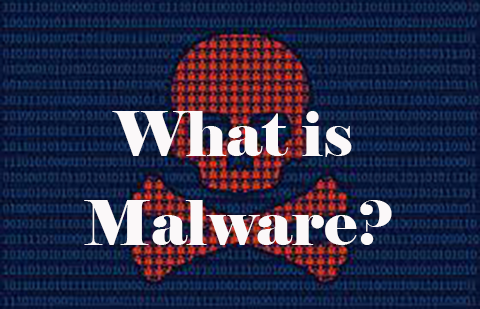According to Panda security, 230,000 new samples of malware are produced every day. That estimates four new samples being released on the Internet every second. Approximately 52% of all malware are Trojan horses. Cyber security experts have classified all forms of malware based upon their behavior. (Behavioral Analysis). That is, how they affect the computer system, or what they do. Malware is a catch all term for any software (application) designed to cause damage to a single computer, server or network. Many of these infections combine two or more of classifications together to infect a system.
Cyber experts have classified malware into seven main categories. Viruses, Worms, Trojan Horses, (Trojans), Rootkits, Ransomware, Key loggers and Grayware. Below is a common list of malware infections Cell Phones, Desktops, Laptops, Iphones, Ipads and Imacs can get. This list is by no means complete.
1. Viruses
They hide within computer files, and the computer must run that file (execute that code, in other words) for a virus to do its dirty work. At its core, a virus is nothing but a contagious code or program that attaches itself to other software and usually requires human interaction to propagate.
2. Worms
A worm is a standalone software that replicates without targeting and infecting specific files that are already present on a computer. Think of worms as small programs that replicate themselves in a computer and destroy the files and data on it. They usually target the operating system files, and work until the drive they are in becomes empty. whereas viruses add themselves inside existing files, worms carry themselves in their own containers.
Worms usually show up via email and instant messages, and often confine themselves their activities to what they can accomplish inside the application that moves them. They use a computer network to spread, relying on security failures on the target computer in order to access it, and delete data.
3. Trojan Horses (Trojan’s)
misrepresents itself to appear useful. These are spread in the guise of routine software that persuade a victim to install it on their PC. The payload(what does the damage) is usually a form of a backdoor that allows attackers unauthorized access to the affected computer. Trojans also give cybercriminals access to the personal information of a user like IP addresses, passwords and banking details. They are often used to install keyloggers that can easily capture account names and passwords, or credit card data, and disclose it to cybercriminals. Most ransomware attacks are also usually carried out using a Trojan horse, by housing the harmful code inside an apparently harmless piece of data..
4. Rootkits (Root access)
A rootkit is a collection of software specifically designed to permit malware that gathers information, into your system. These work in the background so that a user may not notice anything suspicious. But in the background, a rootkit will permit several types of malware to get into the system.
5. Ransomware
Ransomware blocks access to the data of a victim, threatening to either publish it or delete it until a ransom is paid. Worse yet, there is no guarantee that paying a ransom will return access to the data, or prevent it from deletion.
6. Keyloggers
Software that records all the information that is typed using a keyboard.
7. Grayware
unwanted applications and files that though are not classified as malware, can worsen the performance of computers and lead to security risks. Included PUP (ptentally unwanted Programs_, Adware any program that is supported by advertising, malicious adware usually shows ads in the form of popups and windows that cannot be closed. spyware. software that constantly spies on you. Its main purpose is to keep track of your Internet activities in order to send adware. Spyware are also used to gather information about an organization without their knowledge, and send that information to another entity, without consent of the victim.

